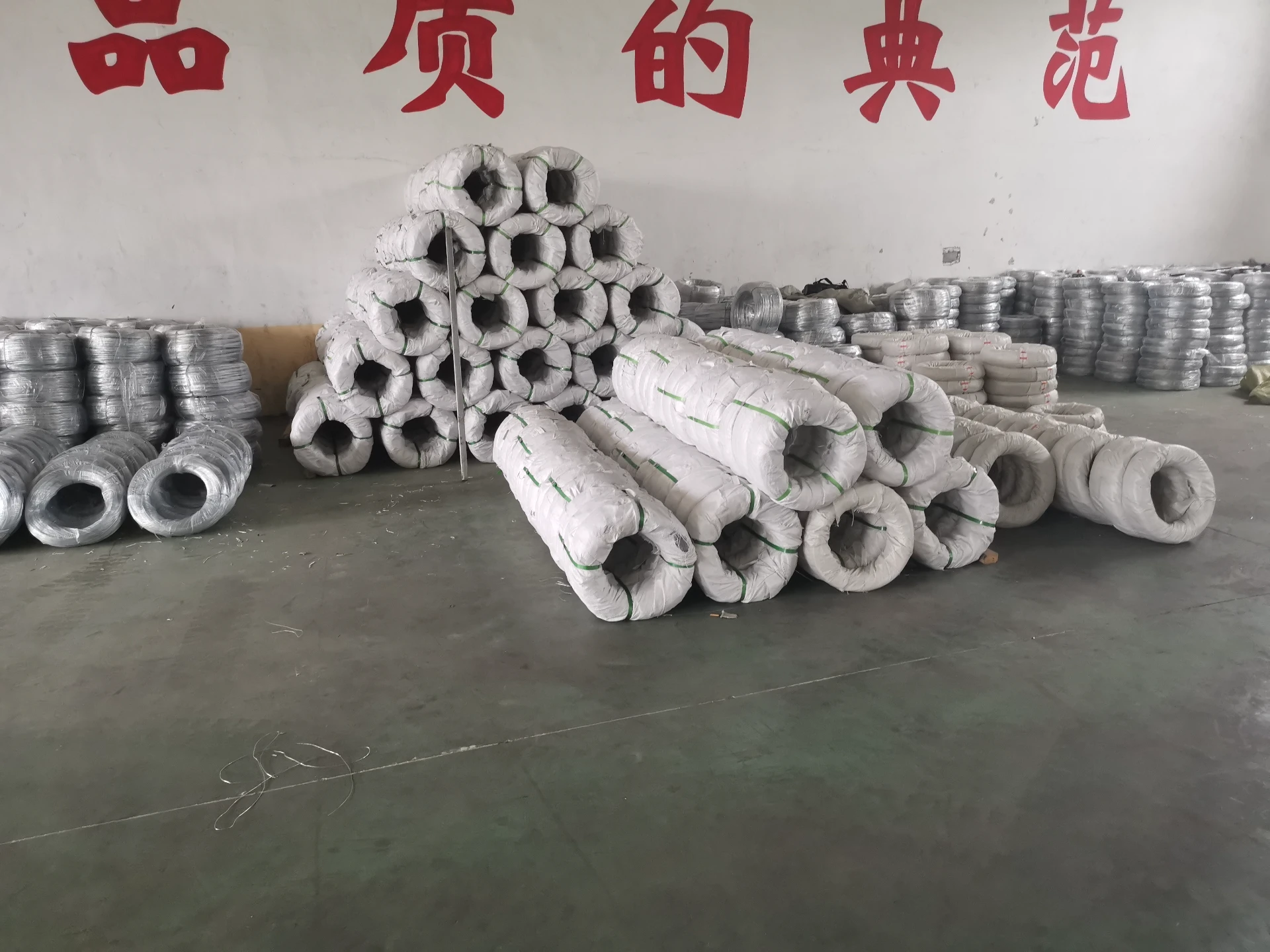woven wire mesh vs welded wire mesh
Woven Wire Mesh vs. Welded Wire Mesh A Comprehensive Comparison
When it comes to choosing the right type of wire mesh for various applications, understanding the differences between woven wire mesh and welded wire mesh is crucial. Both types of wire mesh serve distinct purposes and come with their own sets of advantages and disadvantages. This article explores the characteristics, advantages, disadvantages, and suitable applications for each type of wire mesh.
Woven Wire Mesh
Woven wire mesh consists of strands of wire that are woven together in a crisscross pattern, creating an interlaced structure. This type of mesh can be made from various materials, including stainless steel, aluminum, and galvanized steel, which can enhance its durability and corrosion resistance.
Advantages of Woven Wire Mesh 1. Flexibility The interlaced design allows for a certain degree of flexibility, making it easier to install on uneven surfaces. This property is beneficial in applications where adaptability is essential. 2. Customizable Apertures Woven wire mesh comes in various mesh sizes and can be tailored to meet specific filtration or screening requirements. This adaptability makes it suitable for a wide range of applications, from industrial to architectural uses.
3. Excellent Air and Liquid Flow Due to its open structure, woven wire mesh provides excellent flow characteristics, making it ideal for ventilation and filtration systems.
Disadvantages of Woven Wire Mesh 1. Lower Strength While woven wire mesh is flexible, it may not be as strong or rigid as welded wire mesh. This can make it less suitable for high-load bearing applications.
2. Potential for Fraying The weaving process can sometimes lead to frayed ends, which could pose safety concerns, especially if the mesh is used in walkways or as fencing.
Welded Wire Mesh
Welded wire mesh, on the other hand, consists of wires that are welded at their intersections to create a rigid structure. This type of mesh is commonly used in construction, agriculture, and other industries where strength and durability are paramount.
woven wire mesh vs welded wire mesh

Advantages of Welded Wire Mesh 1. High Strength and Stability The welding process creates a strong, stable mesh that can withstand significant loads. This makes it ideal for use in construction projects, including reinforced concrete structures.
2. Uniformity Welded wire mesh features a uniform structure that helps maintain consistent spacing, which is crucial for certain applications such as fencing or flooring.
3. Less Likelihood of Damage The welded points provide a secure connection that minimizes the risk of loosening over time, ensuring longevity in applications where the mesh is subjected to tension or impact.
Disadvantages of Welded Wire Mesh 1. Less Flexibility Unlike woven wire mesh, welded wire mesh lacks flexibility, which can make installation more complicated on uneven surfaces.
2. Limited Customization While welded wire mesh is available in various sizes, the customization options are generally more limited compared to woven wire mesh, especially regarding aperture sizes.
Suitable Applications
Both woven and welded wire mesh have their distinct applications. Woven wire mesh is commonly used in filtration systems, windows, and architectural features where aesthetics and airflow are important. In contrast, welded wire mesh serves well in construction projects, animal enclosures, and reinforcing concrete where strength is essential.
Conclusion
In conclusion, the choice between woven wire mesh and welded wire mesh ultimately depends on the specific requirements of your project. If flexibility, airflow, and customizable sizes are your main concerns, woven wire mesh may be the better option. On the other hand, if you require strength, rigidity, and longevity, welded wire mesh is the ideal choice. Understanding these differences allows users across various industries to make informed decisions that suit their needs best.
-
Space-Saving Chain Fence Hacks Vertical Gardening with Cyclone MeshNewsJul.16,2025
-
Innovations in Iron Nail Wire Production for Modern ConstructionNewsJul.16,2025
-
Creative Uses of Wire Netting Fence in Modern Landscape DesignNewsJul.16,2025
-
Barbed Wire Fence Innovations in Anti-Climb TechnologyNewsJul.16,2025
-
Architectural Uses of Umbrella Nails for Aesthetic Roof DesignsNewsJul.16,2025
-
Architectural Uses of Razor Barbed Wire in Secure Urban DesignNewsJul.16,2025




